Erté (Romain De Tirtoff)
1892-1990 | Russian-French
L’Esclave Porteuse D’Éventail
The Fan-Carrying Slave
Signed “Erté” (Lower Right)
Inscribed “Les Rois Des Légendes / N°23 / L’Esclave Porteuse D’Éventail / No. 242” (En Verso)
Ink And Gouache On Paper
This Unique Costume Design Was Created For A 1919 Production Of Les Rois Des Légendes, A Performance That Showcased A Variety Of Legendary Kings From Throughout History. This Beautiful Gouache Painting Features Erté’S Costume Design For A Character Playing An Enslaved Person. Erté Draws Heavily From Orientalist Influences To Create This Dramatic Ensemble, Dressing His Figure In Long Flowing Robes Painted With Exotic Patterns And Placing A Highly Decorative Reed Fan In The Figure’S Hands. Erté Signifies The Character’S Status — One Much Different Than The Many Kings Who Star In The Production — By Placing Heavy Bangles Upon The Figure’S Wrists And Ankles. While The Character Is Narratively Shackled, Erté Takes Care To Dignify The Figure With Highly Adorned And Beautiful Sartorial Trappings.
Paris Witnessed A Remarkable Cultural Synthesis During The Art Deco Period, And Orientalism Played A Significant Role In Shaping The City’S Artistic And Intellectual Milieu. At The Same 1925 Paris Exposition Internationale Des Arts Décoratifs Et Industriels Modernes, Often Considered The Naissance Of The Art Deco Style, Many Artisans Prominently Showcased Eastern-Inspired Designs And A Growing Appreciation For Non-Western Aesthetics. Productions Like Les Rois Des Légendes Melded Orientalist Aesthetics Into Paris’ Artistic Output In A New Way.
Russian-French Visionary Romain De Tirtoff (1892-1990), Popularly Known As Erté, Began His Artistic Journey In The Culturally Rich City Of St. Petersburg, Where He Developed An Early Fondness For Ballet And Theatrical Performances. He Moved To Paris In 1912 To Study Architecture, And Quickly Found His Creative Niche In Crafting Fantastical Costumes For The City’S Bustling Nightlife. Erté‘S Expertise, Refined Under The Guidance Of The Famed Paul Poiret, Captured The Attention Of Harper’S Bazaar, Marking The Beginning Of A Significant Partnership That Spanned From 1915 To 1936. The Artist Also Designed Sets For Notable Cinematic Masterpieces Including Ben Hur And La Bohème, And Created Sets And Costumes For Cabarets, Operas And Other Performances At The Folies-Bergères, Bal Tabarin, The Théâtre Du Bataclan And Le Casino De Paris. Often Remembered As The “Father Of Art Deco,” Erté Was A Trailblazer Whose Colorful Creations Shaped The Groundbreaking Art Deco Era More Than Any Other, Leaving An Indelible Mark On The History Of Art And Design. His Artworks Reside In Prestigious Museum Collections Worldwide, Including The Metropolitan Museum Of Art In New York, The Victoria &Amp; Albert Museum In London And The Los Angeles County Museum Of Art.
Painted 1919
Paper: 10 7/8” High X 8 1/4″ Wide
Frame: 17 1/8″ High X 17 1/8″ Wide X 5/8″ Deep
Exhibitions:
M.S. Rau, New Orleans, Erté And The Era Of Art Deco, October 14, 2023 – January 3, 2024
Provenance:
Private Collection, Paris
M.S. Rau, New Orleans
Sale!
Fine Art M.S. Rau | L’Esclave Porteuse D’Eventail By Erte
$96.00

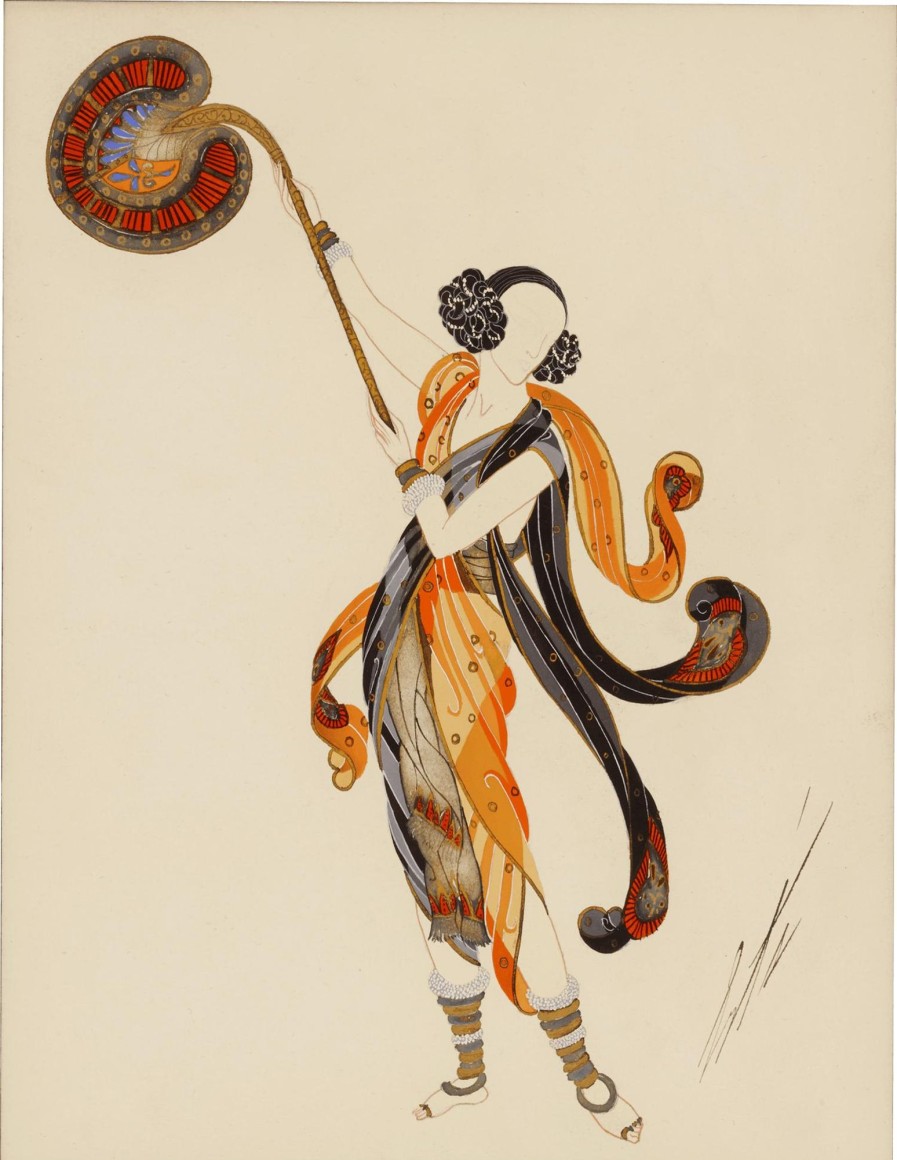

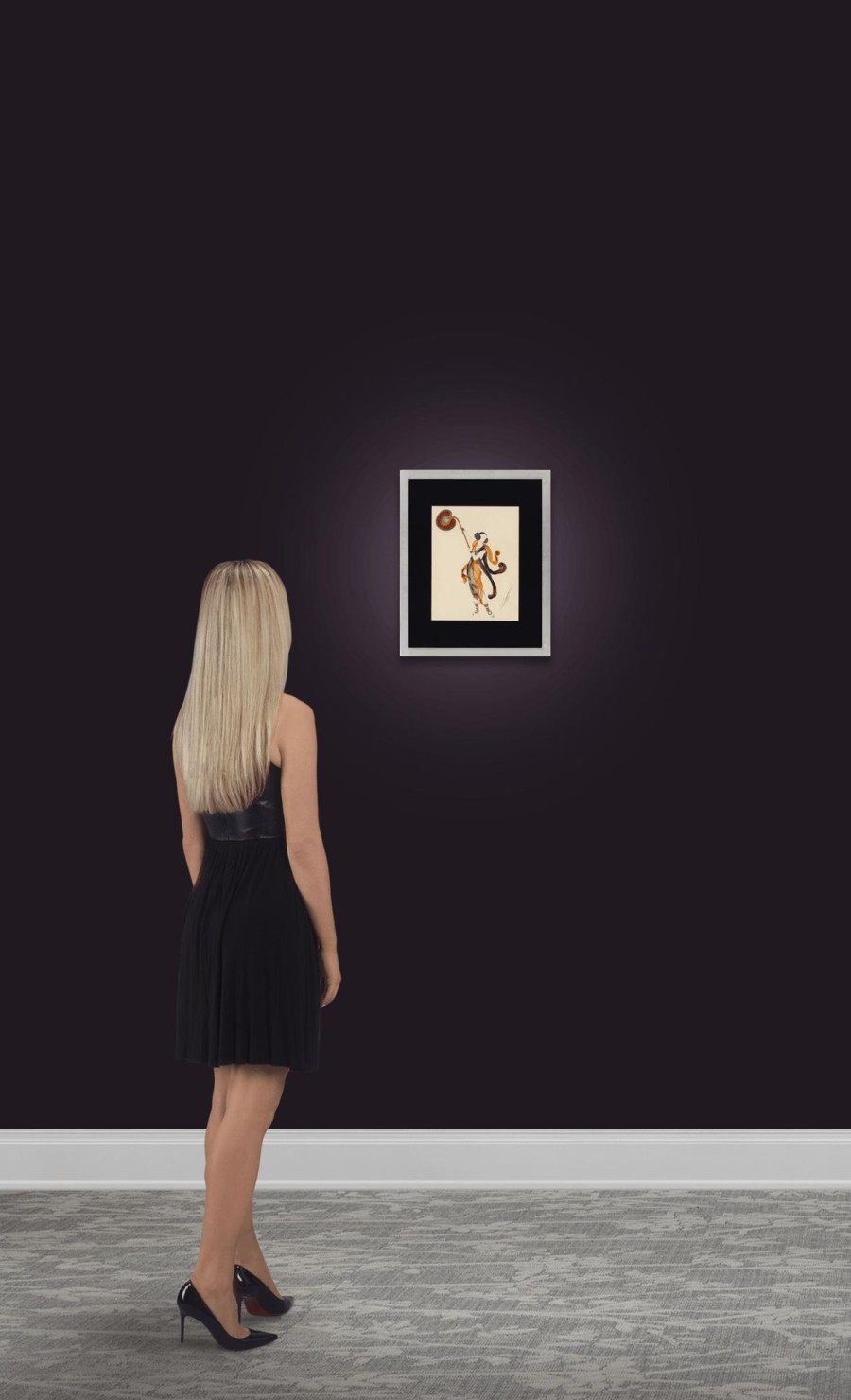
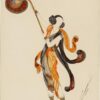
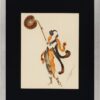



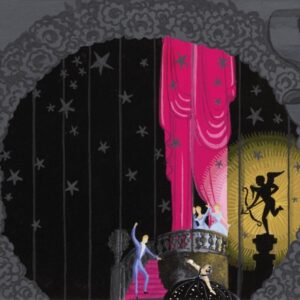
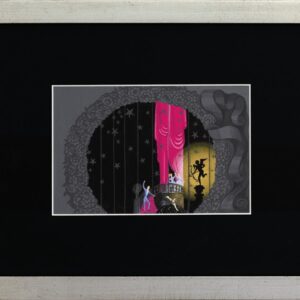
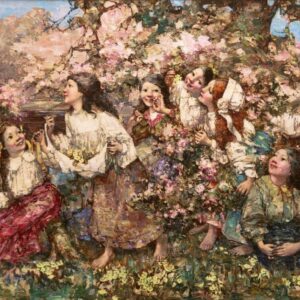

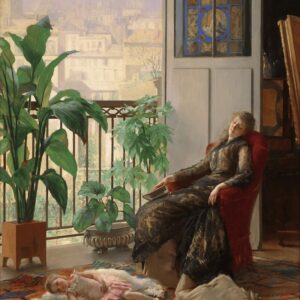
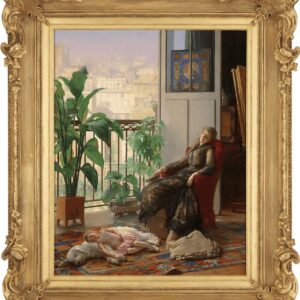
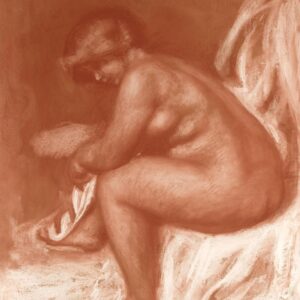
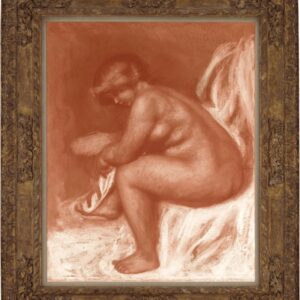
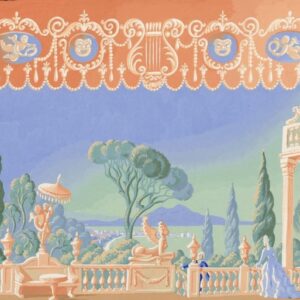
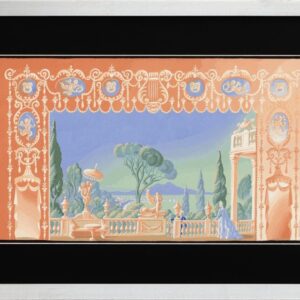
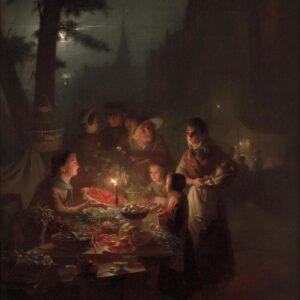
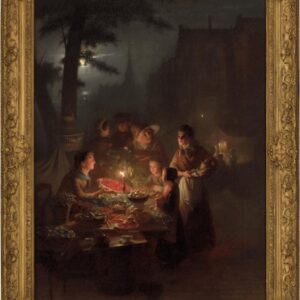
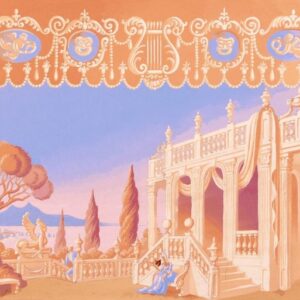
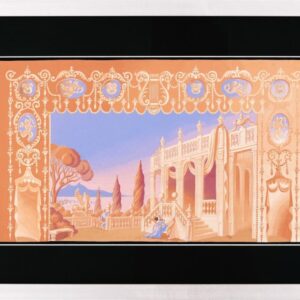
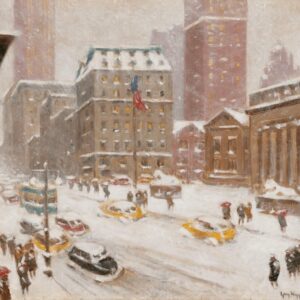
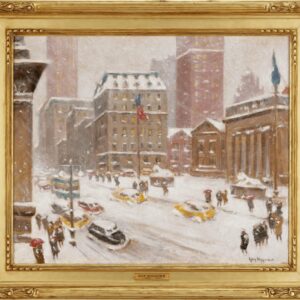
Reviews
There are no reviews yet.